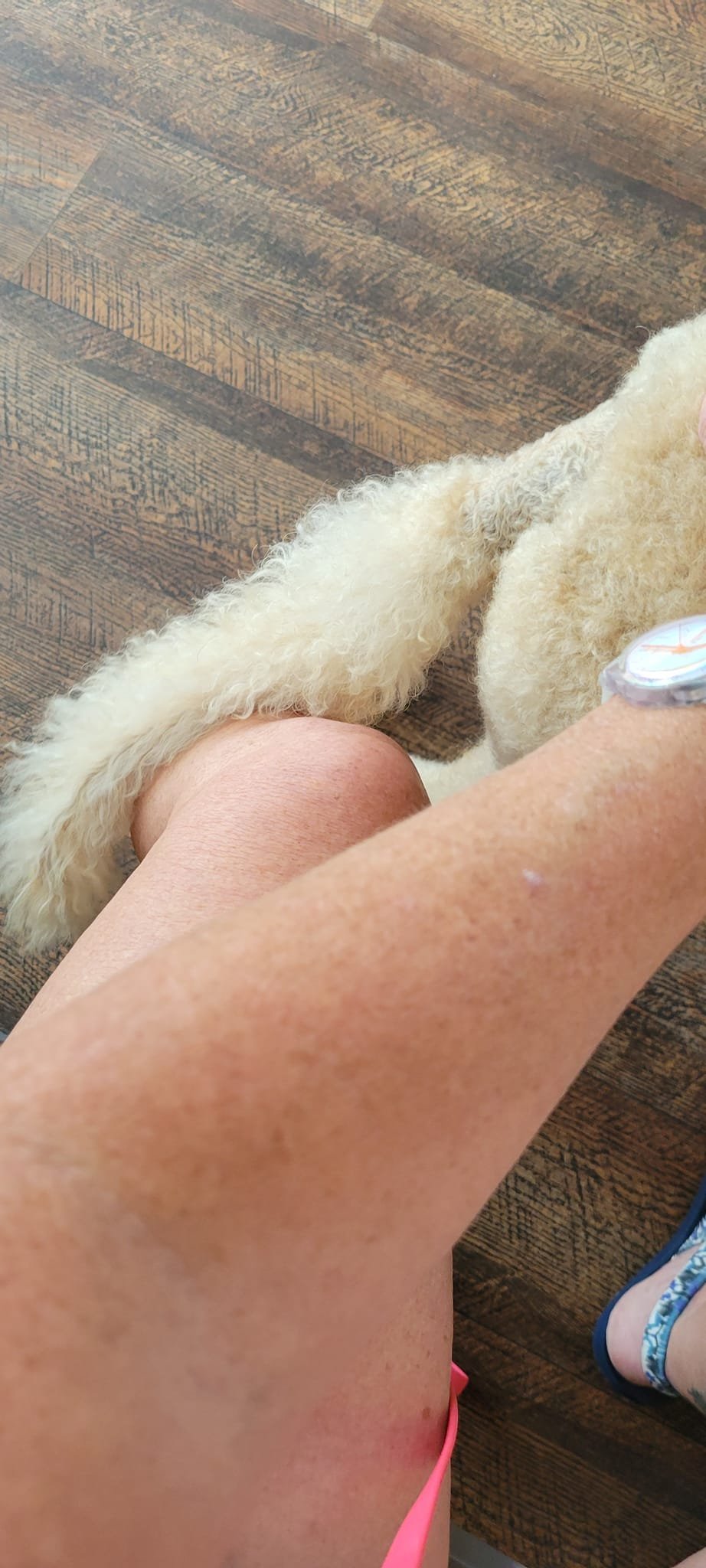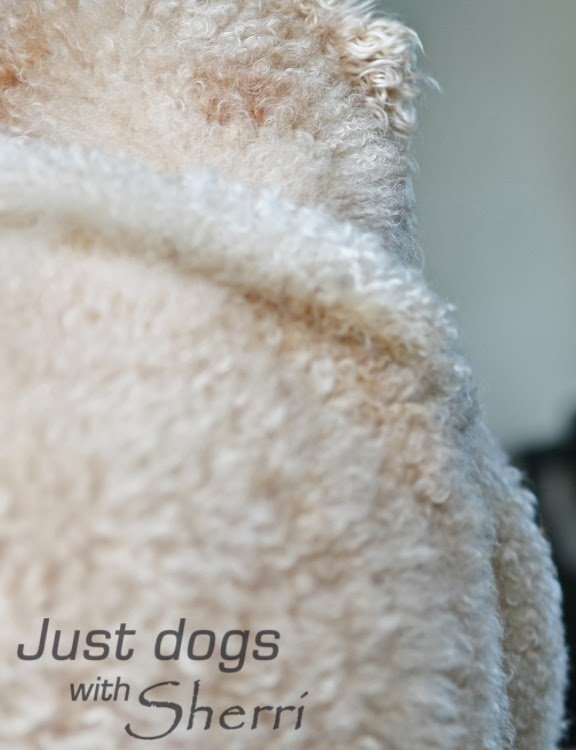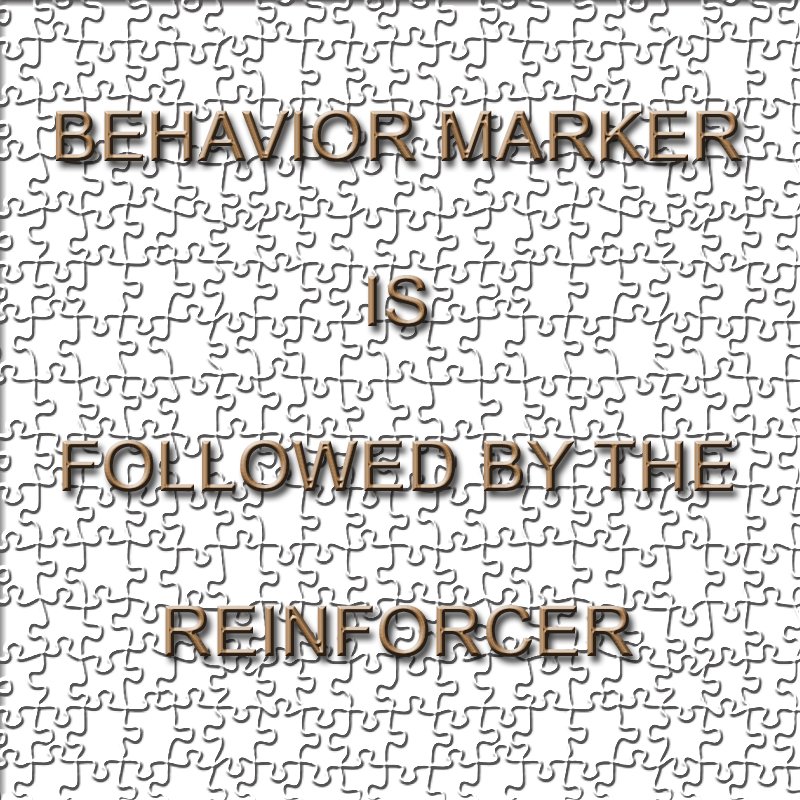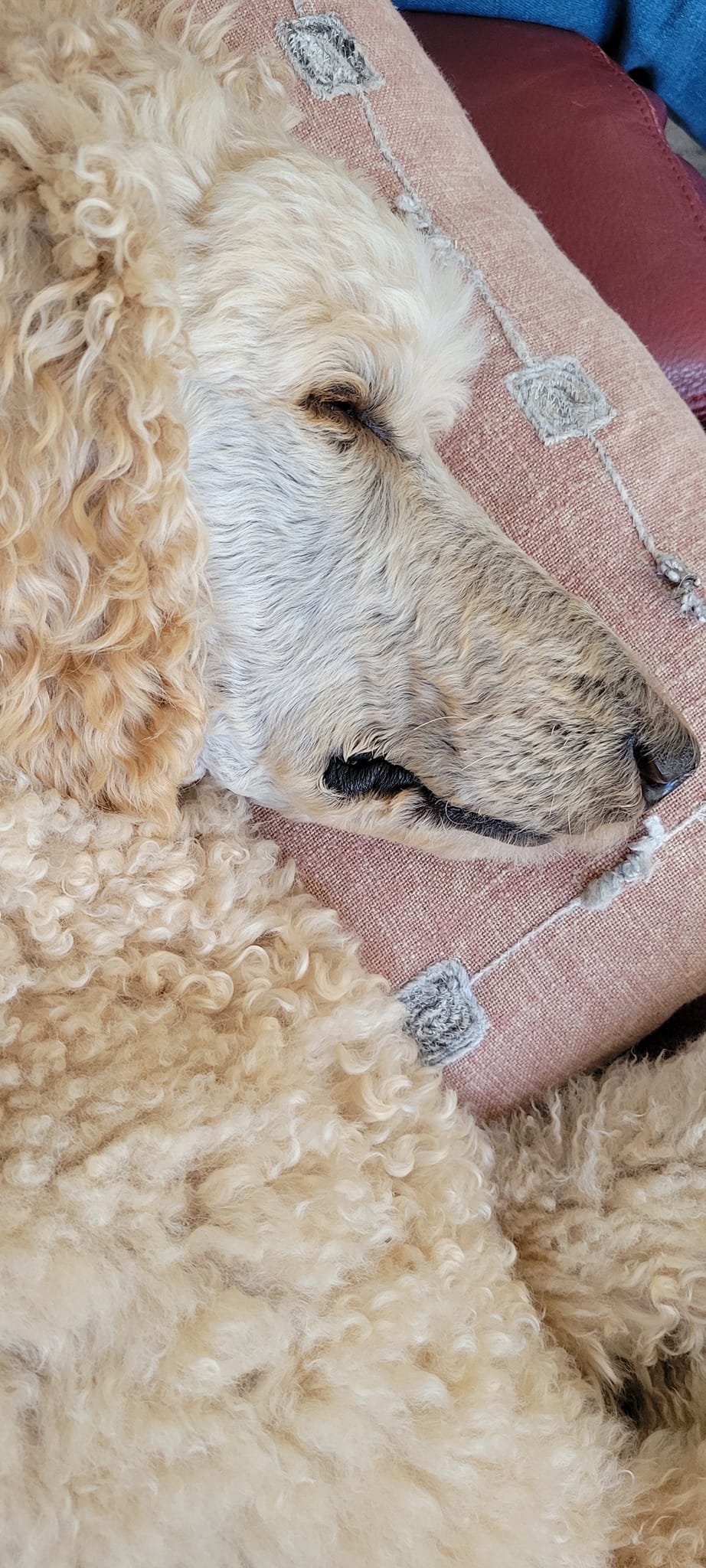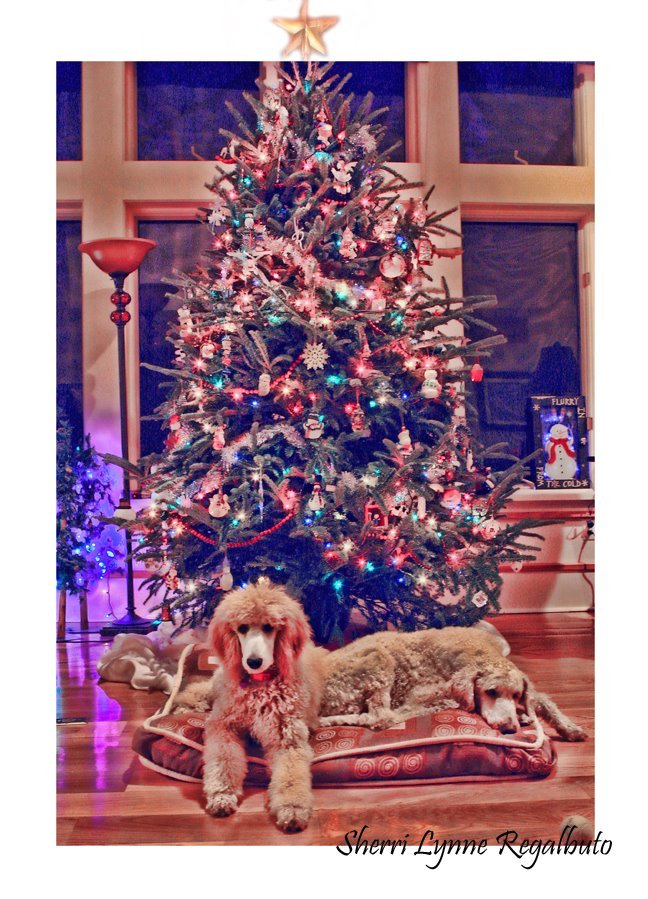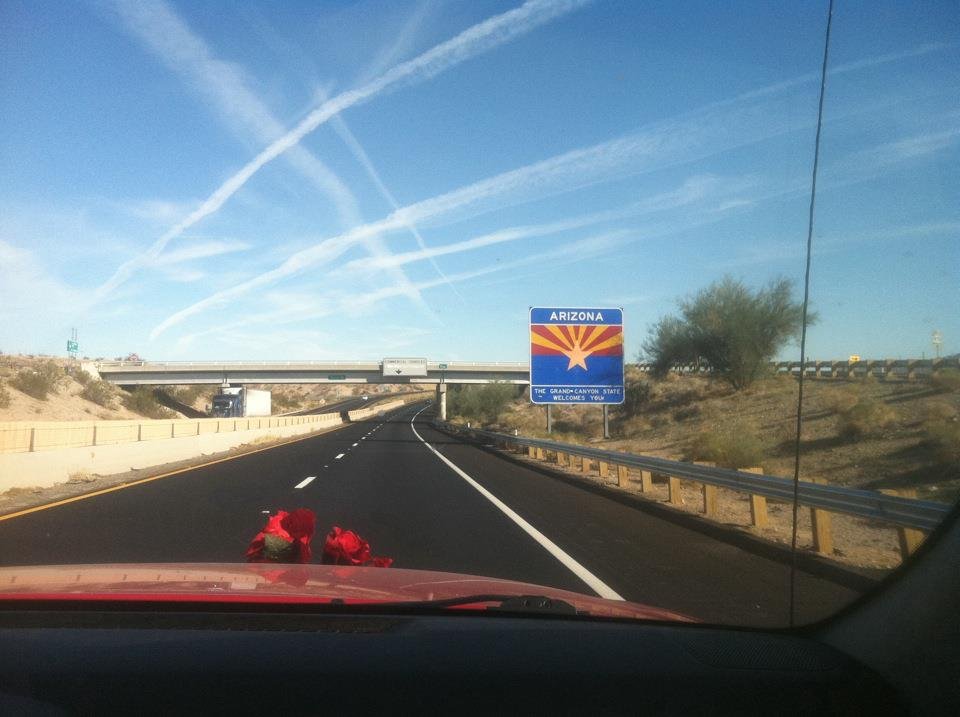Its good to be home.
We’re home, after eight days being away on a trip back to Ottawa, Canada to visit family and wrap up some family stuff. I love getting back home and miss family like crazy; but it is a big trip and being away from Elsa and Riggs for 8 days is tough for everyone. We were lucky to have a wonderful sitter who has been sitting these guys since before Riggs was in the picture. So this of course made the trip easier for me, seeing that I didn’t have to stress about them; knowing that they were in good hands.
But, it is tough being away from them and i know it is tough on them when we are away. I imagine every time the sitter comes through the door, both Elsa and Riggs are hoping it will be me. when we do finally arrive, the greeting is pretty insane. Huge smiles from both Elsa and Riggs, kisses, jumping about and snapping. Riggs air snaps when he is really excited; it doesn’t happen as much as it use to but he most definitely does it when we get home from a trip. The craziness went on for a good hour after we got home and then the gazes begins. Lots and lots of just gazing at me, followed by the need to touch.
After we have been gone on a trip, both Elsa and Riggs have a need to sort of just check in ALOT. I most definitely get it and understand the extra crazy greetings that I get for a couple of days after our return. Imagine when we finally arrive and then have to go out again; they seem more apprehensive when we come in but the joy when they see that it is indeed us, is immense. We then start the greeting ritual in full force again.
Leaving the dogs behind when we travel is tough; but I am extremely blessed to have great sitters who stay at our home, which allows Elsa and Riggs to stay in their own home. This is by far the best case scenario when you have to travel. If you have a friend where your dog is comfortable staying at their home, that would be a close second. I know that allowing my dogs to stay in their home is the best option for us.
Much preparation goes into going away even for a weekend, more so for a full week. Meal prep, new updated notes are done, nails done, grooming done, extra exercise, sitter visits etc etc. So it is no easy task to go away, I am prepping for a good week or two when I do take a vacation. It is hard to walk away from my dogs but everyone needs a break away and being away from my dogs means I don’t have to pick up poop, walk my dogs, prep food or feed, no grooming or maintenance; which I must say is nice for a weekend or week.
I am in constant contact with my sitter, and I have backup people just in case. But there is nothing like coming home and getting back into it. This morning we’ve been out on a sniffari, had some grooming done, had breakfast and had a chew while I worked out. It’s good to be home. The gazing I receive from Elsa and mostly Riggs, priceless.


